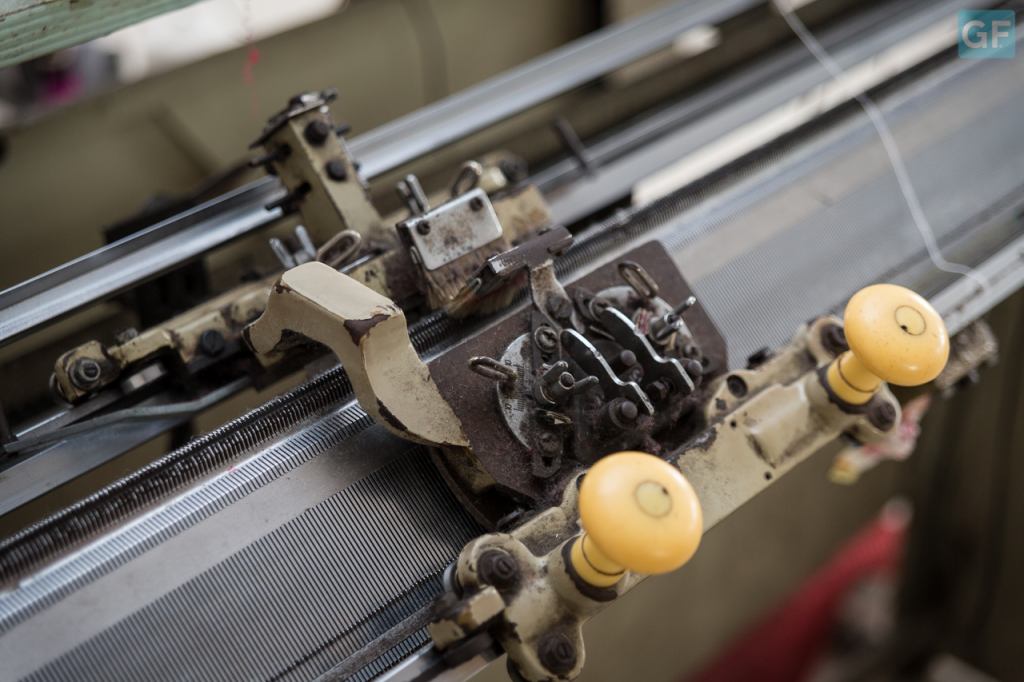
The globalized textile company.
The fashion industry has adapted to global changes and responds to consumers’ wishes incredibly fast. The industry has achieved this by shifting and making the processes, flows and requirements among brands, consumers and suppliers more efficient.
Essentially, what has altered the world industry of today fashion is the time schedules used by the traditional textile industry. Once this was done, the models of large distribution centers have become more sophisticated and have been tailored to each textile firm and their products, increasing the efficiency of its value chain.
While each one of the major chains has a particular approach, all of them have modified the traditional pace of textile production with agile, flexible and globalized provisioning.
Lean Manufacturing.
It involves getting the right things in the right place, at the right time, in the right amount, minimizing waste, being flexible and open to change. This means lean production, clean manufacturing or without waste.
This management model focuses on creating a flow in order to be able to deliver maximum value to customers, using the minimum necessary resources. The creation of flow is focused on the reduction of the seven types of “waste” in manufactured products, which are: overproduction, waiting time, transport, excessive processes, inventory, movements and defects. By eliminating waste, the quality improves and the production time and cost are reduced.
Kaizen.
The meaning of the Japanese word Kaizen is improvement, constant improvement. Its implementation methodology is known as the CITQ: Continual Improvement for Total Quality.
Kaizen implies that it is always possible to do things better. Starting from the principle that time is the best single indicator of competitiveness, it performs at its optimal level in recognizing and eliminating waste within the company, be it in existing productive processes or in drafting stage, in new products, equipment maintenance or even administrative procedures.
Kaizen methodology brings along concrete results, both qualitative and quantitative, in a relatively short period of time and at a low cost –therefore increasing profit—supported by the synergy created by the teamwork of the structure built to achieve the goals set by Management.
Just in time.
The Just in Time method is an organizational system of Japanese origin for manufacturing activities where productions are carried out based on actual orders and not on forecasts. Its fundamental goal is to remove the levels of stock. In order to achieve this, a long-term relationship and closeness with suppliers is required, so as to ease processes and introduce changes more quickly. In essence, this model implies a reduction in the necessary equipment, materials, space and time to perform a task.
The textile sector bets on speed
As we mentioned, large distribution companies and successful fashion brands have applied these improvement systems and, through them, they have generated a steady flow of information from the stores, detailing the customers’ wishes, to the supply structure. The supply chain provides a fast and extremely versatile response, both in design and manufacturing and logistics. This is how we get to fast fashion, which means the constant production and turnover of new designs in the stores.
This article was originally published in America Retail.














































[…] August 8, 2016 […]